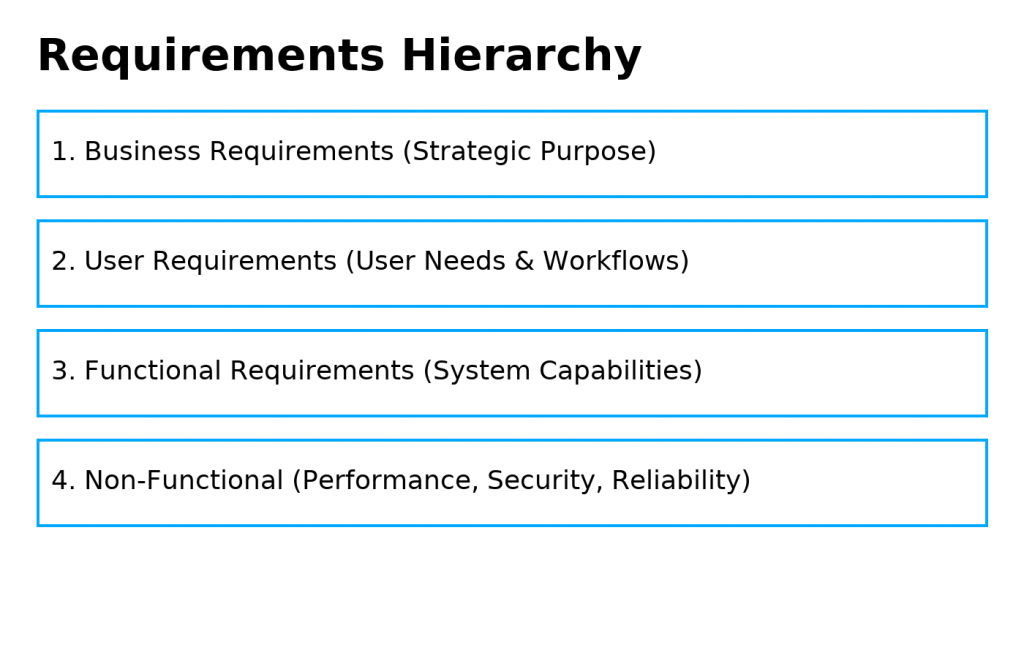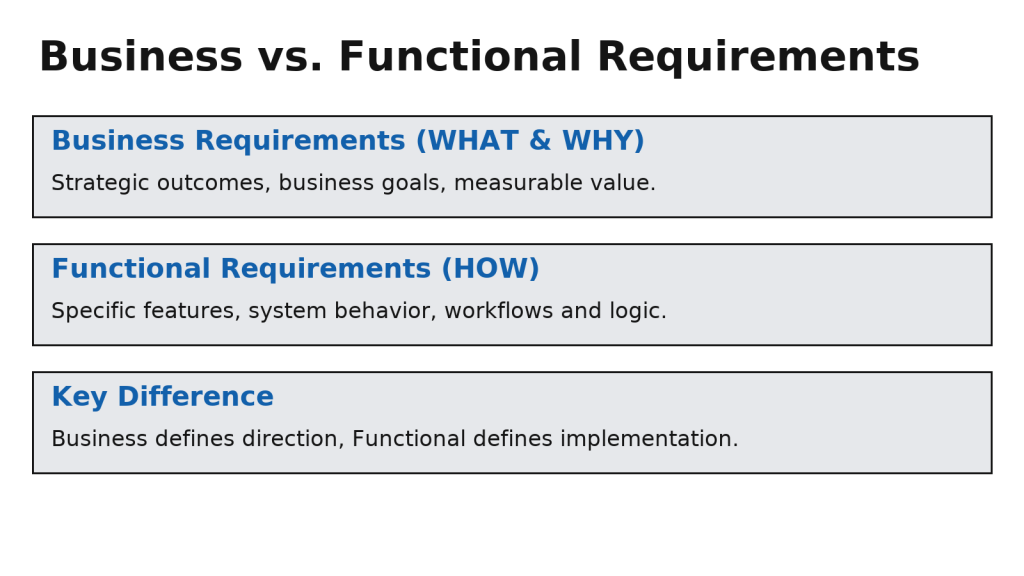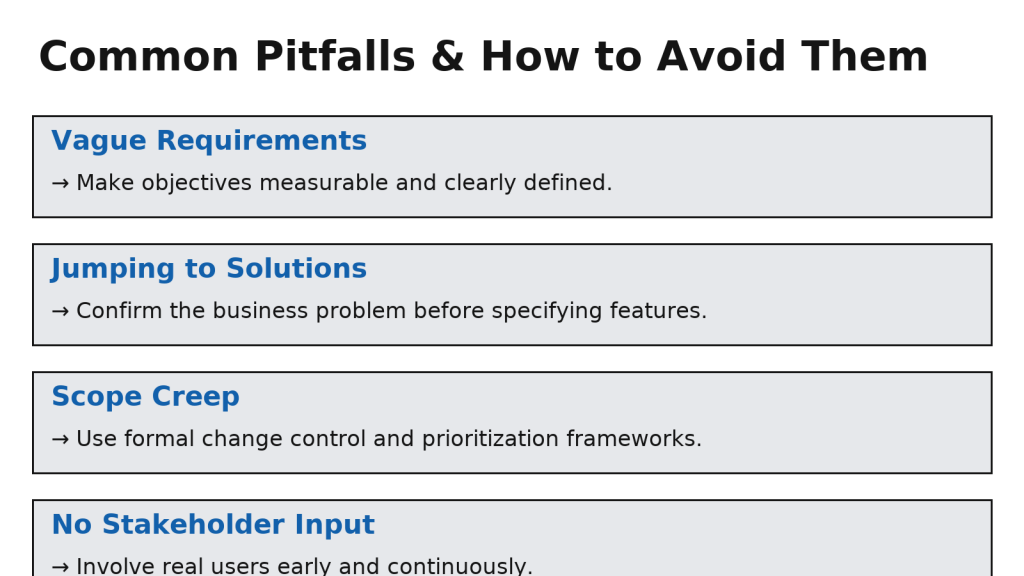- Services
- Artificial Intelligence Development
- Deep Learning & Neural Network Development Services
- Professional Machine Learning Development Services
- Enterprise Computer Vision Development Services
- Enterprise Natural Language Processing Development Services
- Chatbot & Conversational AI Development Services for Business
- Enterprise Computer Vision Solutions For Healthcare
- Transformative Healthcare AI Development
- Retail & E-commerce AI Solutions for Personalization & Growth
- AI Integration & MLOps Development Services
- AI Agent Development & Intelligent Automation
- Generative AI Solutions
- Outsourced Product Development
- Custom Software Development
- Software Customization & Integration
- Mobile App Development
- Custom Application Development
- Software Architecture Consulting
- Enterprise Application Development
- AI-Powered Documentation Services
- Product Requirements Document Services
- Artificial Intelligence Development
- Industries
- Healthcare Software Development
- Telemedicine Software Development
- Medical Software Development
- Electronic Medical Records
- EHR Software Development
- Remote Patient Monitoring Software Development
- Healthcare Mobile App Development Services
- Medical Device Software Development
- Healthcare Mobile App Development Services
- Patient Portal Development Services
- Practice Management Software Development
- Healthcare AI/ML Solutions
- Healthcare CRM Development
- Healthcare Data Analytics Solutions Development
- Hospital Management System Development | Custom HMS & Healthcare ERP
- Mental Health Software Development Services
- Medical Billing & RCM Software Development | Custom Healthcare Billing Solutions
- Laboratory Information Management System (LIMS) Development
- Clinical Trial Management Software Development
- Pharmacy Management Software Development
- Finance & Banking Software Development
- Retail & Ecommerce
- Fintech & Trading Software Development
- Online Dating
- eLearning & LMS
- Cloud Consulting Services
- Healthcare Software Development
- Technology
- Products
- About
- Contact Us
Business Requirements vs. Functional Requirements: What’s the Difference?

In the high-stakes world of project management and software development, the difference between success and failure often comes down to one critical factor: understanding requirements. Yet despite its fundamental importance, requirements management is still one of the most misunderstood and poorly executed areas of project delivery. The consequences are staggering — 70% of failed projects can be traced back to flawed requirements, and organizations collectively waste approximately $1 million every 20 seconds (roughly $2 trillion annually) due to ineffective project implementation.
At the core of this problem lies a persistent confusion between business requirements and functional requirements. While these terms are often used interchangeably, they represent fundamentally different dimensions of project planning and execution. Understanding the difference isn’t a theoretical exercise — it’s a strategic imperative that can determine whether a project delivers meaningful business value or becomes another member of the 70% failure statistic.
The Catastrophic Cost of Requirements Confusion
Before examining definitions and frameworks, it’s worth understanding how expensive poor requirements management can be. The data presents a stark picture:
-
47% of projects fail to meet their goals due to poor requirements management (PMI).
-
Nearly 50% of projects require major rework specifically because of inadequate requirements gathering.
-
59% of IT project failures are directly tied to poor requirements practices.
-
38% of all projects fail because the requirements were inaccurate.
-
About 50% of projects are delivered late, and roughly the same percentage go over budget.
The impact is not just financial. Rework derails timelines, undermines stakeholder trust, frustrates teams, and erodes morale.
Perhaps the most well-known example is NASA’s $125 million Mars Climate Orbiter disaster (1999). The spacecraft was lost because one engineering team used imperial units, while another used metric units. This wasn’t a technical failure — it was a basic requirements failure. The required measurement standard was never clearly documented, validated, or confirmed across teams.
This is not an isolated case. Only 2.5% of companies successfully complete all their projects, and 75% of business and IT leaders believe many of their initiatives are at risk of failure from the very beginning.
Business Requirements: The “What” and the “Why”
Business requirements form the strategic foundation of any project. They define what the organization needs to achieve and why the initiative matters. These requirements are high-level, outcome-focused statements that communicate vision and purpose.
The International Institute of Business Analysis (IIBA) defines a business requirement as:
“A condition or capability needed by a stakeholder to solve a problem or achieve an objective.”
Key Characteristics
-
Strategic Alignment: Tied to broader organizational goals and KPIs.
-
Stakeholder-Focused: Driven by business leaders and decision-makers.
-
High-Level and Non-Technical: Written in clear, plain language.
-
Solution-Agnostic: They define outcomes, not implementation methods.
-
Measurable: Include clear criteria for success.
Examples
-
E-Commerce:
“Enable 24/7 online purchasing to increase revenue by 30% within 12 months.” -
Healthcare:
“Reduce patient wait times by 40% to improve satisfaction scores from 3.2 to 4.5.” -
Financial Services:
“Ensure regulatory compliance for data protection while maintaining transaction speeds below 2 seconds.” -
Remote Work Enablement:
“Support secure remote operations for 500+ employees across multiple time zones with 99.9% uptime.”
Business requirements answer:
→ What are we trying to achieve?
→ Why does it matter?

Functional Requirements: The “How”
If business requirements define the destination, functional requirements describe the route. They convert strategic goals into specific features, behaviors, and system capabilities.
Key Characteristics
-
Technically Detailed: Specifies system behavior, rules, inputs, and outputs.
-
Directly Implementable: Developers can code from them; testers can verify them.
-
User-Interaction Focused: Describe workflows and user interface behavior.
-
Behavior-Driven: Define how the system responds in various scenarios.
-
Testable: Can be measured objectively via acceptance criteria.
Examples
From the e-commerce scenario:
-
“The system shall allow users to create accounts with password requirements: minimum 8 characters, including one uppercase letter, one number, and one special character.”
-
“The shopping cart shall persist across user sessions for 30 days.”
-
“The system shall send automatic order confirmation emails within 1 minute.”
From the healthcare scheduling example:
-
“The system shall display available appointments in 15-minute increments between 8 AM and 6 PM.”
-
“The system shall send SMS reminders 24 hours prior to the appointment.”
-
“The system shall prevent double-booking by temporarily locking selected time slots.”
Functional requirements answer:
→ How will we achieve the business objectives?
Key Differences at a Glance
| Business Requirements | Functional Requirements |
|---|---|
| High-level vision and outcomes | Detailed system behaviors and actions |
| Written for executives and stakeholders | Written for developers and QA teams |
| Define what and why | Define how |
| Strategic and stable | Can change as design evolves |
| Success measured by business impact | Success measured by feature completeness |
The Requirements Hierarchy
-
Business Requirements — Organizational goals and justification
-
User Requirements — Needs and expectations of different user groups
-
Functional Requirements — System features to support users
-
Non-Functional Requirements — Performance, security, reliability
-
Technical Requirements — Architecture, tools, platforms
This hierarchy ensures that every system feature links back to business value.
Common Pitfalls — and How to Avoid Them
| Pitfall | Problem Caused | Solution |
|---|---|---|
| Jumping directly into features | Builds the wrong solution | Define business outcomes first |
| Vague language | Creates misalignment and rework | Make requirements measurable |
| Limited stakeholder involvement | Missed needs and resistance | Conduct collaborative discovery sessions |
| Scope creep | Budget and timeline overruns | Use formal change control |
| Poor documentation | Conflicting assumptions across teams | Use standardized BRD/FRD/SRS templates |
| No traceability | Cannot ensure business value | Use a Requirements Traceability Matrix |
Best Practices for Requirements Management
-
Start with a clear business case and problem statement
-
Use structured frameworks (BABOK, IEEE)
-
Capture user-centered insights (interviews, journey mapping)
-
Translate into user stories where Agile is used
-
Prioritize using MoSCoW or value-vs-effort matrices
-
Validate iteratively — not once at project kickoff

Conclusion: Requirements as Competitive Advantage
In a landscape where 70% of projects fail and only 2.5% of organizations complete projects successfully, mastering the distinction between business and functional requirements is a powerful differentiator.
Organizations that excel at requirements management:
-
Deliver projects on time and within budget
-
Reduce costly rework
-
Improve stakeholder satisfaction
-
Build solutions that create real business value
Great projects don’t start with solutions —
they start with clarity.
Before building anything, ask:
What business problem are we solving, and why does it matter?
How can we design a system that truly delivers that value?
This shift — from implementation first to requirements first — is what separates mediocre outcomes from transformative success.
Recent Posts
- ERP vs CRM vs Custom Platform: What Does Your Business Actually Need?
- The AI Enthusiasm Gap: Bridging Corporate Optimism with Public Skepticism in Enterprise AI Adoption
- The Future of AI-Powered Development: How Cursor Plans to Compete Against Tech Giants
- How Much Does Custom Software Development Cost in 2025? Real Numbers & Breakdown
- AI-Driven Job Displacement: The Workforce Overcapacity Crisis Unfolding Across Global Enterprises

